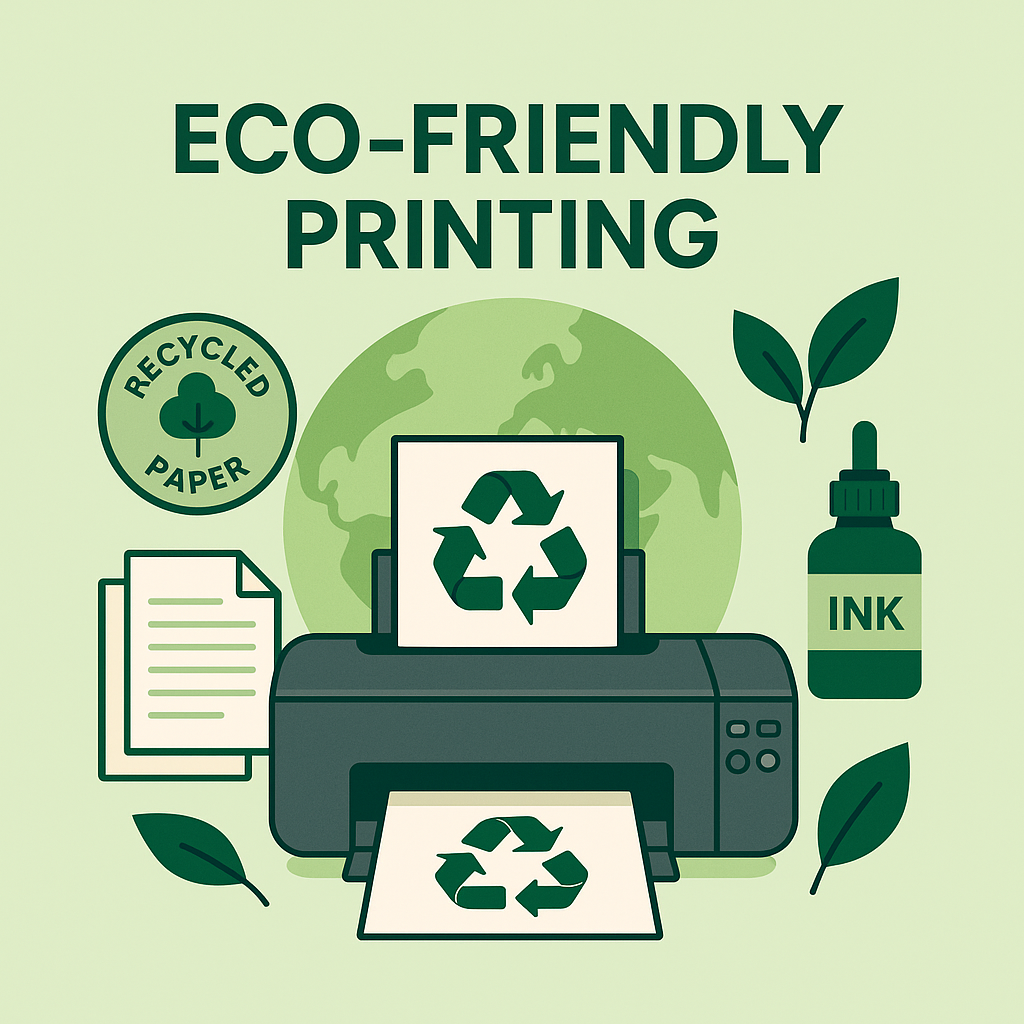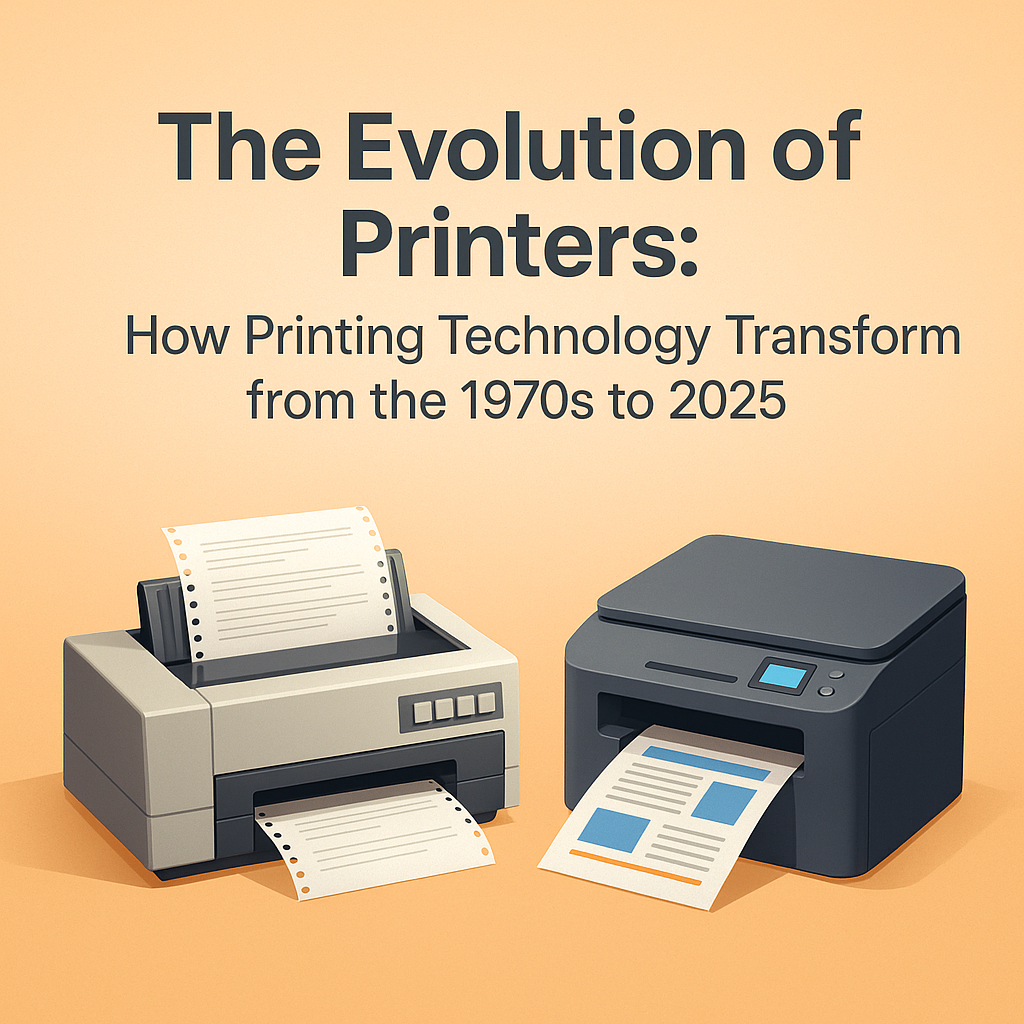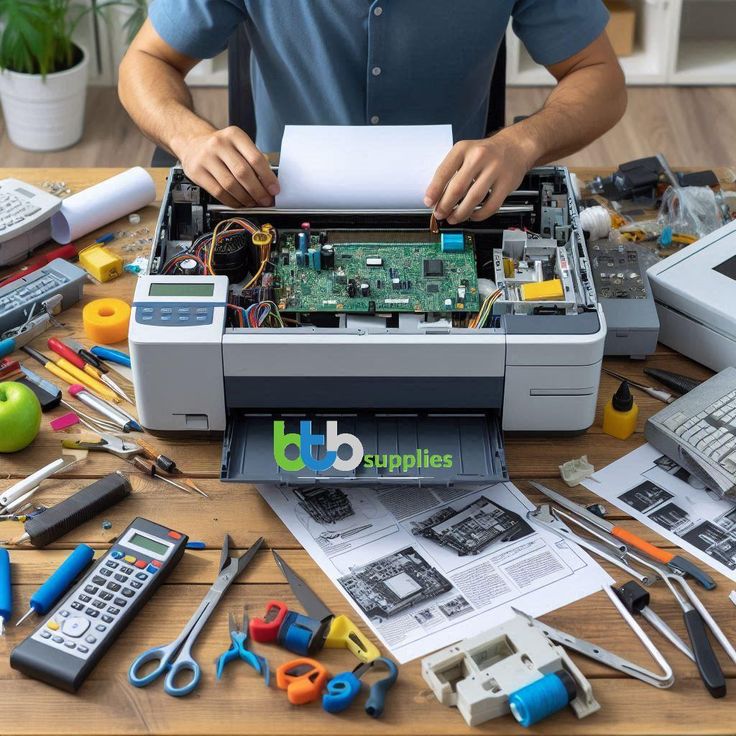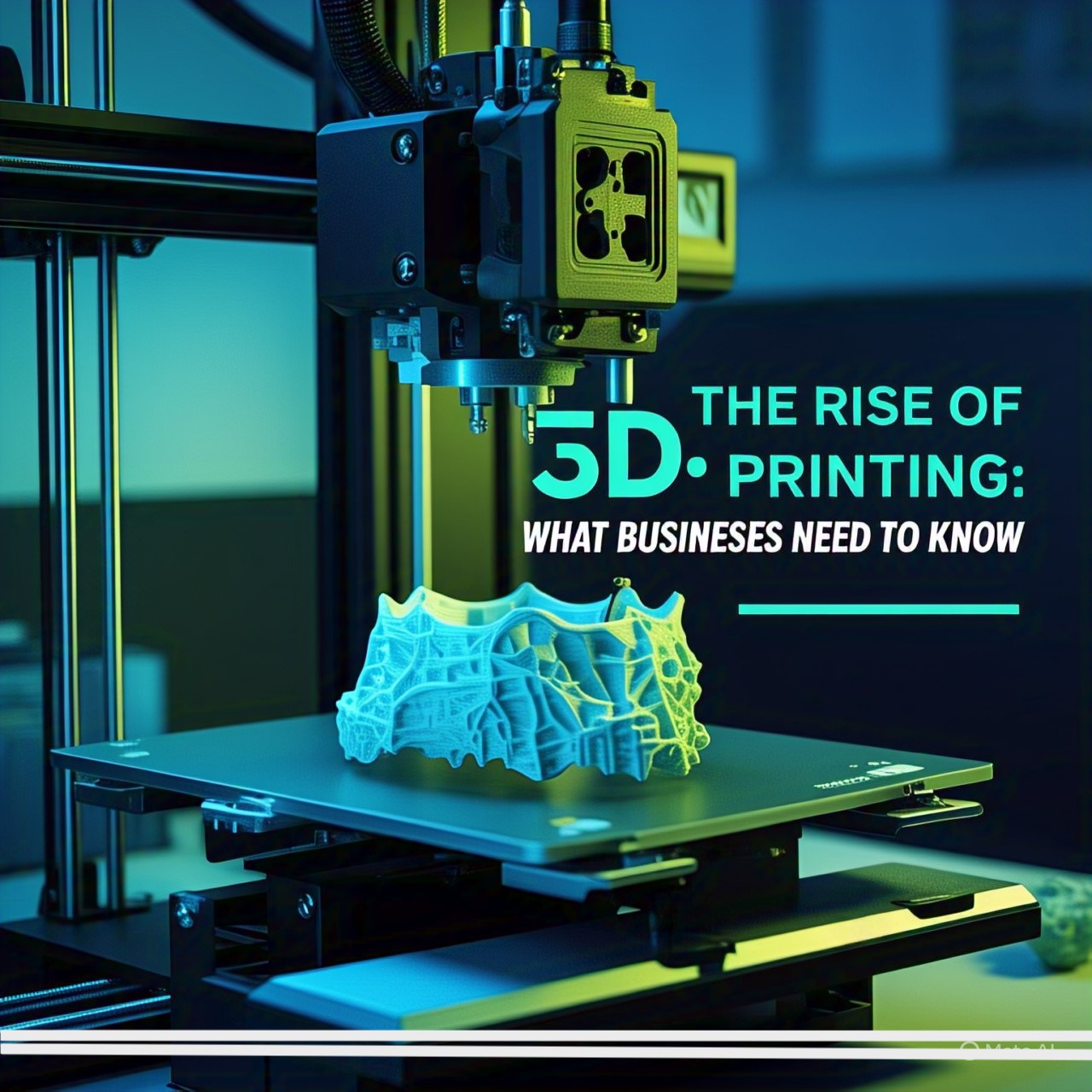Eco-Friendly Printing – A Sustainable Future Starts with Smarter Printing

Category: Eco Friendly Printing
Date: 11 May, 2025
In an age where environmental concerns are growing day by day, businesses and individuals must take meaningful steps toward sustainability. One of the often-overlooked areas where we can make a real difference is printing. Although printing is essential for education, business, and communication, traditional printing methods can cause significant environmental harm. The good news is that eco-friendly printing offers a cleaner, greener, and smarter solution.
Eco-friendly printing isn't just about using recycled paper. It includes every aspect of the printing process – from the type of ink and printer used to energy consumption and waste management. By adopting sustainable printing practices, we reduce our carbon footprint, save natural resources, and help create a better world for future generations.
What is Eco-Friendly Printing?
Eco-friendly printing, also known as green printing or sustainable printing, is a method of printing that minimizes negative effects on the environment. It includes using:
- Recycled or sustainably sourced paper
- Soy or vegetable-based inks instead of petroleum-based inks
- Energy-efficient printers and practices
- Digital documents to reduce unnecessary printing
- Proper recycling of toner cartridges and used paper
This approach not only conserves natural resources but also supports the global effort to combat pollution, deforestation, and climate change.
Why Eco-Friendly Printing Matters
Here are several reasons why shifting to eco-friendly printing is more important than ever:
1. Conservation of Natural Resources
Traditional printing uses vast amounts of wood, water, and energy. Millions of trees are cut each year just to produce paper. Eco-friendly printing promotes the use of recycled paper or paper from sustainable forests, reducing the pressure on our planet’s natural resources.
2. Reducing Harmful Emissions
Regular ink and toner contain harmful volatile organic compounds (VOCs) that contribute to air and water pollution. Eco-friendly inks, especially those made from soy or vegetables, produce fewer VOCs and are biodegradable. This helps reduce the release of toxic chemicals into the environment.
3. Minimizing Waste
Every office or business generates a significant amount of paper waste. With eco-printing practices like duplex printing (printing on both sides), digital documentation, and proper recycling, we can reduce landfill waste and keep our surroundings cleaner.
4. Saving Energy and Money
Energy-efficient printers consume less electricity and produce less heat. Additionally, using refillable cartridges and printing only when necessary helps cut down operating costs over time. Green printing not only benefits the environment but also supports cost-effective business practices.
5. Enhancing Brand Reputation
Today’s consumers are more environmentally aware than ever. Businesses that adopt eco-friendly practices often gain the trust of their clients and customers. Printing responsibly shows that your company cares about sustainability and is committed to making a difference.
Simple Steps for Eco-Friendly Printing
Transitioning to green printing doesn’t require a major investment. Here are practical steps that anyone – from home users to large businesses – can follow:
- Use Recycled Paper: Always choose paper made from recycled materials or certified by the Forest Stewardship Council (FSC).
- Print on Both Sides: Enable duplex printing to use both sides of the paper.
- Switch to Eco Inks: Use soy-based or vegetable-based inks instead of traditional petroleum-based inks.
- Go Digital: Share documents digitally whenever possible to avoid unnecessary printing.
- Refill Cartridges: Reuse and refill ink or toner cartridges instead of throwing them away.
- Choose Energy-Efficient Printers: Look for printers with Energy Star certification or power-saving features.
- Recycle Everything: Properly dispose of used paper, cartridges, and old printing equipment.
The Role of Businesses and Educational Institutions
Businesses, schools, and colleges are among the largest consumers of paper and ink. By implementing green printing policies, these institutions can lead by example. Setting up digital workflows, encouraging staff and students to print only when needed, and educating them on the benefits of eco-printing can have a lasting impact.
For printing businesses in particular, offering eco-friendly printing services can open up new markets. Clients who are environmentally conscious will prefer to work with companies that align with their values. It’s not just good for the planet – it’s also good for business.
Future of Printing is Green
As technology continues to advance, the printing industry is moving toward more sustainable solutions. Innovations like waterless printing, biodegradable toners, and solar-powered printers are becoming more common. Governments and environmental organizations are also encouraging the shift by offering certifications and incentives for green practices.
The message is clear – eco-friendly printing is not a trend, it is the future. Whether you are a student, a business owner, or a printing service provider, your printing choices matter. By making small changes in how and what we print, we can contribute to a healthier planet.
Conclusion
Eco-friendly printing is a smart, responsible, and necessary move in today’s world. It reduces environmental damage, saves money, and enhances business reputation. More importantly, it teaches us the value of sustainability in every small action.
So, the next time you hit the print button, think twice. Choose recycled paper, adjust your settings, and ask yourself – is this really necessary? By making smarter choices, we can ensure that the benefits of printing never come at the cost of our environment.
Let’s print wisely. Let’s print green













